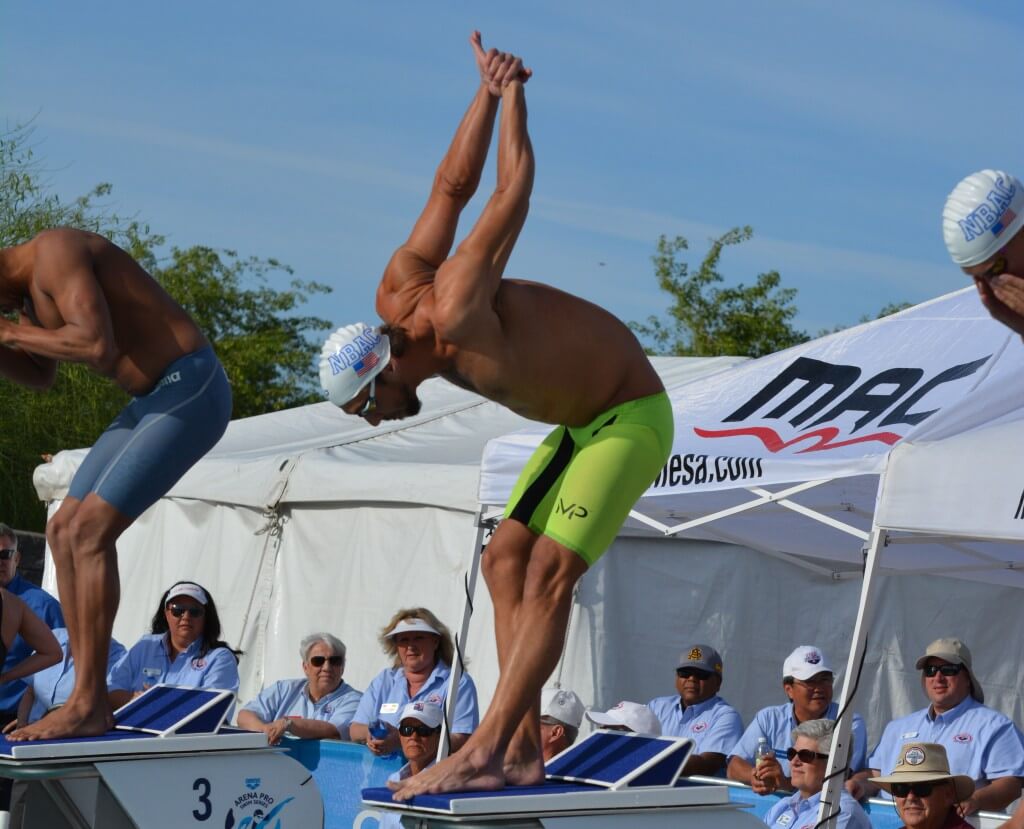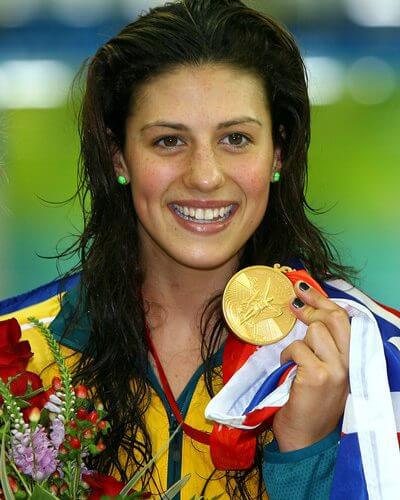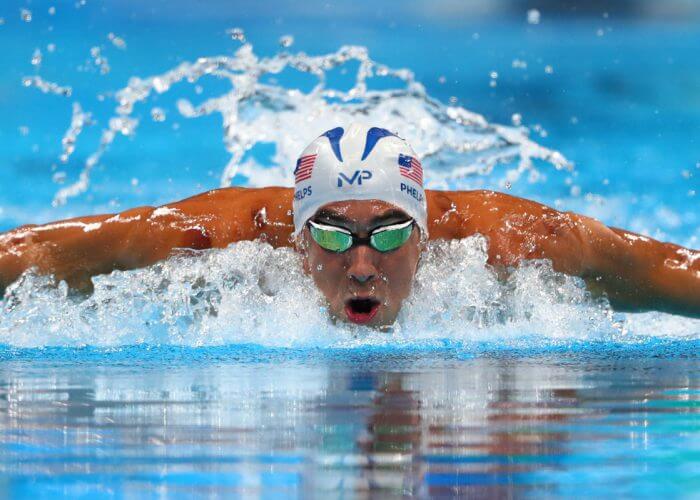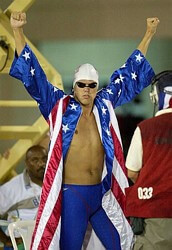Pre-Race Rituals: Do Your Lucky Trunks Really Make a Difference?

Pre-Race Rituals
Stephanie Rice, a three-time Olympic gold medalist, explains that she did “eight arm swings, four goggle presses and four cap touches” before every race. But why?

Stephanie Rice
On the surface, these repeated patterns may appear to be simple habits. However, for some, these routines have a significant impact on performance. For me, it was a cycle: Checking my goggles, trunks, then cap. Three times. Behind the blocks, I was a bag of nerves, and it showed. If I realized mid-air that I had forgotten to check my goggles for a third time? Race over.
According to Elizabeth Quinn, a ritual is a certain behavior or action that an athlete performs, with the belief that these behaviors have a specific purpose, or power, to influence his/her performance. These rituals are often formed from superstition. Athletes reflect on either good or bad performances, crediting seemingly irrelevant motions for the outcome. This mentality forms a justifiable cause-and-effect relationship in the mind. If I didn’t check my cap for a third time, I would swim badly. Simple.
Rebecca Adlington, the two-time Olympic champion, has been well documented explaining that for her, a pre-race routine started in the days leading up to a major competition. Adlington said she would “only set her alarm for two, four or six… otherwise I know the worst is going to happen.” Inevitably, in the sport of swimming, in which swimmers hold the camera’s attention for only a handful of seconds before their race, most of the rituals are hidden from view. However, the variety of pre-race rituals that have been seen around the poolside over the years is surprisingly diverse.
Across many sports, athletes can be seen wearing headphones immediately before the start of their event. Music is playing an increasingly significant role within sport. The right soundtrack can work wonders. For some, it provides calmness, while for others it is the catalyst that sparks the aggression needed within their event. Certain pre-race routines have been adopted by the masses, such as listening to music, splashing the face with water or chest slapping. For some, specific rituals have become a trademark, a routine that spectators anticipate and look for.

Photo Courtesy: Rob Schumacher-USA TODAY Sports
Perhaps the most prominent example of this has been Michael Phelps´ iconic arm swings, not a last-minute dynamic warmup as initially presumed by some, but a method through which he “clears his mind”. With a 6-4 wingspan, not only has this display of flexibility been impressive, it has been expected and indeed repeated, before every single race. Besides the arm swings, Phelps is a good example of the aforementioned effect of routine and superstition.
Santo Condorelli is another athlete that has become increasingly well known for his pre-race antics. Unlike the socially acceptable arm swings, Condorelli follows a strange ritual of finger-flipping his father, who in turn, returns the gesture. While Condorelli´s actions have inevitably caused a degree of media backlash, he maintains that it is simply a method through which he calms his nerves and boost his confidence. In contrast, Caeleb Dressel has a far more emotional and heartfelt routine. Prior to any race, Dressel can be seen briefly praying, holding a bandana. The bandana is a gift from the husband of his late teacher, Claire McCool, who has been a major influence on his life.

Gary Hall
The real value in such movements and routines does appear to be the boost in confidence or reassurance that swimmers achieve. This is perhaps best demonstrated by Gary Hall Jr., undoubtedly one of the most charismatic and electric personalities the world of swimming has ever seen. In his prime, the swimming world appeared to welcome a dynamic individual such as Hall that brought excitement to the sport, one race at a time. Hall was well known for his pre-race routine that involved a star-spangled boxing robe, as well as shadow boxing behind the blocks. It was an outlandish act, but it worked. Hall, a 10-time Olympic medalist, oozed confidence.
However, it would be wrong to state that these rituals are necessary for all swimmers. Indeed, for many top athletes, there are seemingly no noticeable quirks or unique approaches to racing at all. Eric Shanteau, a two time Olympian, said that the pre-race rituals he adopted as a junior swimmer were “ridiculous” rather than something that aided his performance. Shanteau claimed that for him, once he matured, he dropped the rituals and superstitions, “alleviating stress” and allowing him to “just simply have fun and race.”
It appears that for many, yet not all, that rituals fundamentally provide a sense of control. It makes sense. Competition brings uncertainty and uncertainty is something most of us do not like. Rituals can provide a sense of purpose and control in an environment of uncertainty immediately before competition. This is after all the foundation of sports psychology. Visualization or guided imagery are used frequently within clubs across the world to allow swimmers to recreate the feelings they experience during a successful race. By repeating these pre-race routines, as strange or unusual as they may be, these swimmers are simply beginning their perfect race.
With the Tokyo Olympics almost upon us, it will be interesting to see if any new rituals make an appearance this summer.




Jose Alberto Cano